Fabric vs. Steel: 4 Key Benefits of Fabric Structures
by Admin | Mar 15, 2019

The right choice of material for your structure depends on many factors. Your personal preference, budget, usage, and the length of time you need the building all come into play. For fabric structure vs. steel structure, both have their own advantages and disadvantages depending on your needs.
Natural Lighting
Fabric structures are naturally translucent, allowing natural light to penetrate through the fabric without the need for windows. Depending on whether you opt for non-fire retardant fabric or fire retardant fabric, translucency falls between 16% to 19% translucency. Natural illumination makes for a comfortable work space and is proven to sooth livestock and workers, according to an article on Science Daily by the American Academy of Sleep Medicine. There is a strong relationship between natural daylight exposure and workers’ sleep, activity, and overall quality of life. Steel structure is opaque, creating a less than optimal environment for health and productivity if windows aren’t added to the structure.
Energy Costs
In addition to the reduction of electrical lighting needed in fabric structures due to the translucency of the fabric, fabric buildings are naturally thermally non-conductive, staying cooler in the summer and warmer in the winter. Passive and active ventilation systems can be added to a fabric structure to facilitate airflow, saving you money in energy costs throughout the year. Steel structure, on the other hand, is thermally conductive. Without heating and cooling systems, a steel structure can get quite hot in the summer and cold in the winter. Furthermore, the metal cladding is attached to the frame with thousands of screw holes that leak air over time creating a less energy-efficient structure. Fabric structures are airtight eliminating heating or cooling losses.
Permanent versus Portable or Temporary
Fabric structures are erected much more quickly and efficiently than steel structure, and can be mounted to a variety of foundations allowing them to be permanent, portable, or temporary. This is an important factor if you are renting the land you are farming or operating your business on.
Additionally, fabric structures can also be easily expanded if you need more space. On the contrary, a steel structure is built to be permanent offering less flexibility if your needs or situation changes.
Maintenance
Under most conditions, a fabric cover last 15 to 20 years before it may need some small repair. Calhoun’s fabric is made of engineered high-density polyethylene fabric or PVC fabric built to withstand the elements. Additionally, Calhoun’s fabric structures use hot dip galvanized steel frames. These frames give you the strength of steel without the worries or ongoing maintenance of having to stave off corrosion. In most cases, the internal steel frames last for generations. On the contrary, steel roofing systems will eventually corrode due to exterior exposure to pollution and moisture that speeds up the process versus fabric. Additionally, steel buildings should be washed once per year to wash away winter build-up, and regular painting keeps a steel building looking fresh . However, washing and painting is not required for fabric creating a lower maintenance structure overall.


